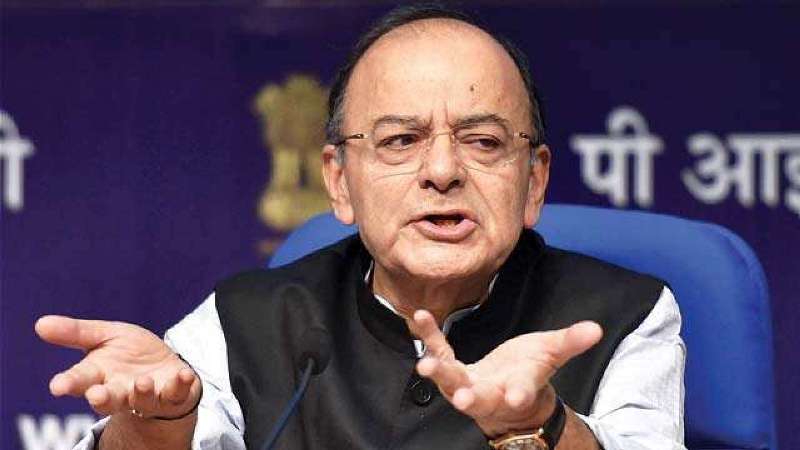Exports shrank by 10.2 per cent in July, slightly lower than June’s 12.4 per cent, as trading actvity by major forex earners such as petroleum, gems, electronics and textiles remained subdued.
Outbound trade stood at $23.64 billion, completing five straight months of contraction.
This was, however, a much lower rate than the massive falls of 60.28 per cent in April and 36.47 per cent in May, when the lockdown was lifted.
In July, exports were stabilised by large shipments of engineering goods and pharmaceuticals being cleared over the month.
After suffering long bouts of de-growth, exports of engineering goods rose by eight per cent to $6.6 billion, following a 7.5 per cent fall in the previous month.
The sector accounts for nearly one-fourth of the foreign exchange earned through exports. “With resurgence of cases in several parts of the world, it would be difficult to say whether the positive trend, as seen in the engineering exports, can be sustained going forward,” said Engineering Export Promotion Council India Chairman Mahesh Desai.
Drug exports also continued to capitalise on the Covid-19 pandemic, seeing growth almost double to 19.5 per cent from 9.8 per cent in June.
However, all other major export categories remained deep in the red. The biggest revenue earner of petroleum products declined by 51.5 per cent, worse than June’s 31 per cent fall. Consumer products such as textiles, gems and jewellery, and electronic goods, among other items, continued to shrink at almost similar levels.
But policymakers pointed to emerging signs of a much more broad-based recovery.
“In July, 16 of the 30 major product groups showed growth, up from 12 the previous month, indicating that more number of industries are now up and running.
This will have a multiplier effect soon and improve the figures,” a senior Commerce Department official said.
ICRA expects large current account surplus in Q1 FY2021 will give way to modest surpluses in the subsequent three quarters. According to the Reserve Bank of India’s figures, services exports in July stood at $ 17 billion, whereas imports stood at $ 10 billion.
Imports falls
In the previous month of June, India had witnessed a rare trade surplus of $800 million as imports shrank faster than exports rose.
India is generally a net importer, and the country had last had a trade surplus last in January 2002, when it stood at $10 million.
In July, imports fell by 28.4 per cent to $ 28.47 billion, reducing at a much lower rate than June’s 47.59 per cent.
The latest fall was due to lower amount of major goods like crude oil, engineering goods, coal and machinery, coming in. Oil imports reduced by 31 per cent, lower than June’s 55 per cent. However, the second biggest import – gold- saw a slight bump of 4.1 per cent, after months of contraction. As a result, the monthly trade deficit reduced to just $ 4.83 billion.
Imports contraction had been on a downward path after hitting a high of 58.65 per cent in April. Crucially, non-oil, non-gold imports continued to decline by 29.15 per cent in the latest month, much lower than the 41.37 per cent fall in June. This bolsters chances of a recovery in industrial production, sooner rather than later.









